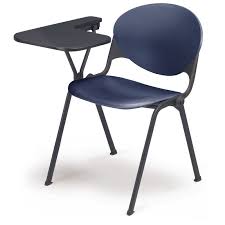In “Design of Everyday Things”, Don Norman brings his perspective on the challenges of design of the daily tech. stuff. While I was reading the chapter, the example of a watch with four buttons really resonated with me.
Don discusses how the excessive design features of the mentioned watch makes the overall user experience less enjoyable as a watch that has 4 different buttons brings extra functionality to something that was supposed to show time and time only. Even though the idea of a device with multiple buttons and functionality is quite progressive and optimistic, such a redundant feature bomb confuses the users of such a watch. It distracts the user from the initial purpose of a watch: time display.
I resonate with Don’s frustration with this product as I have experienced this firsthand when I got my hands on my first Apple watch. At the beginning, it was really fun to use: switching music tracks on the go, replying to messages and even using Siri to essentially Google anything was amazing, as if I had a mini companion on my hand. However, as time went on, I started to realize that I do not really use my Apple watch for checking time. Now it was another distraction that kept my feeble brain from work and kept me from focusing on the task in front of me. The constant notifications, messages and other features became hateful to me. At times, I didn’t even charge my own watch to work in silence.
Ever since I got my Apple Watch, I feel even more attached to my phone. The small screen, limited performance, and awkward interaction with tiny buttons make it frustrating to use. Plus, it’s packed with features I’ll likely never need, echoing the usability challenges Norman described. Having to charge it daily only adds another layer of inconvenience.
So, I believe watches shouldn’t try to be multifunctional gadgets but rather remain focused on a single purpose with a sleek, intuitive design. That’s what truly defines a watch. When overloaded with features, they lose their essence and become just another mini-smartphone—one that’s harder to use and more of a hassle to maintain. A watch should enhance convenience, not add to the digital clutter we already navigate daily.


